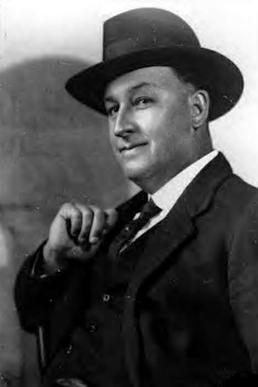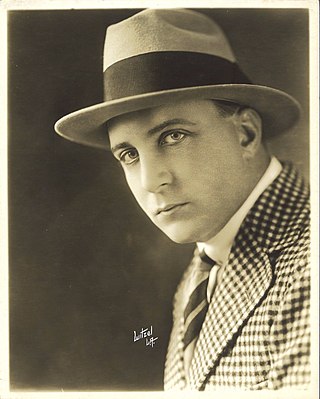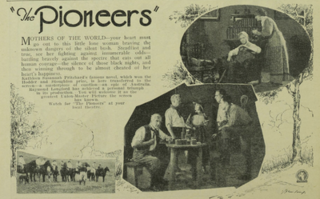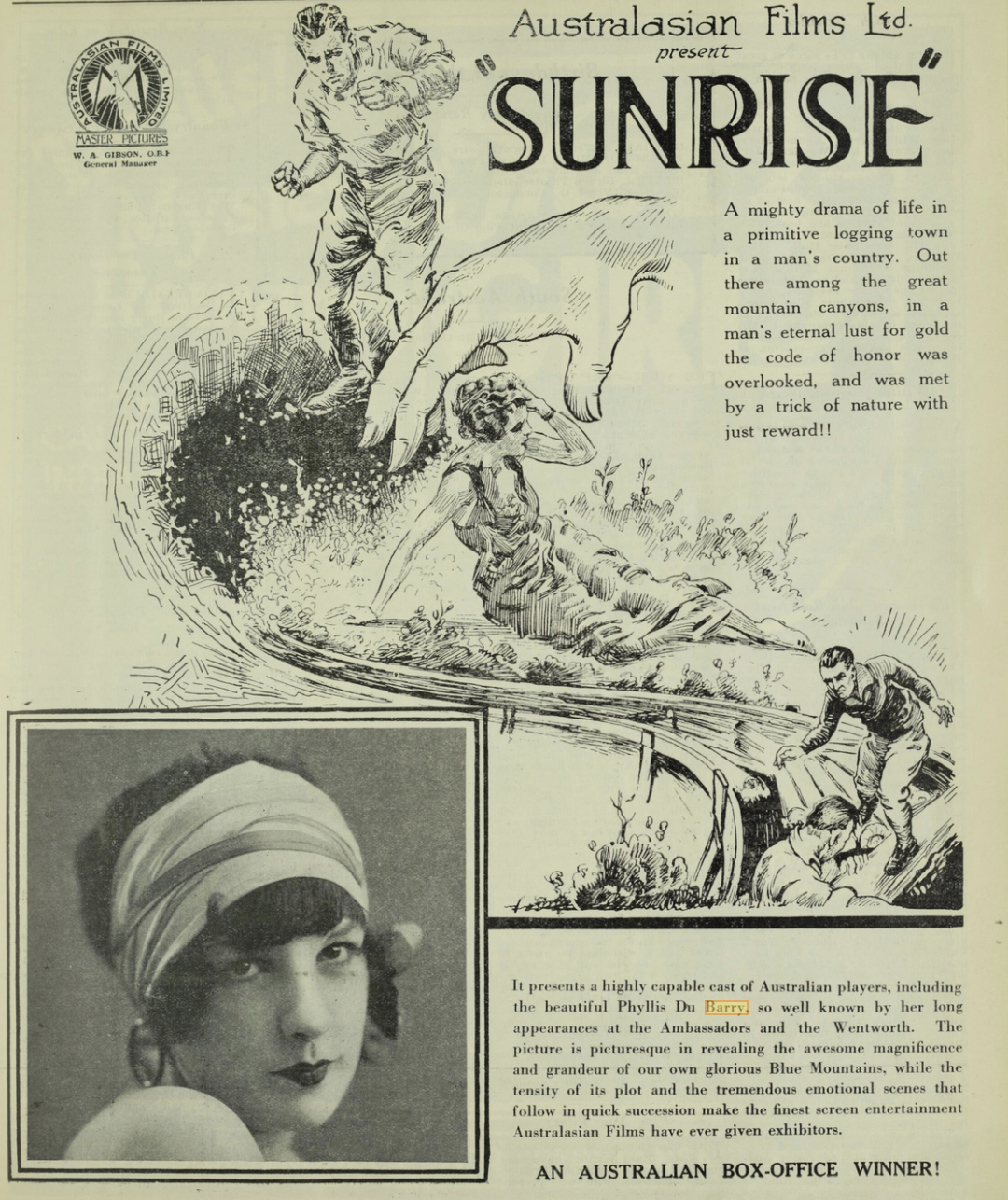Related Research Articles

John Villiers Farrow, KGCHS was an Australian film director, producer, and screenwriter. Spending a considerable amount of his career in the United States, in 1942 he was nominated for the Academy Award for Best Director for Wake Island, and in 1957 he won the Academy Award for Best Adapted Screenplay for Around the World in Eighty Days. He had seven children by his wife, actress Maureen O'Sullivan, including actress Mia Farrow.

Louise Lovely was an Australian film actress of Swiss-Italian descent. She is credited by film historians as being the first Australian actress to have a successful career in Hollywood, signing a contract with Universal Pictures in the United States in 1914. Lovely appeared in 50 American films and ten Australian films before retiring from acting in 1925.

John F. Gavin was a pioneer Australian film actor and director, one of the early filmmakers of the 1910s. He is best known for making films about bushrangers such as Captain Thunderbolt, Captain Moonlite, Ben Hall and Frank Gardiner. Known informally as 'Jack', Gavin worked in collaboration with his wife Agnes, who scripted many of his films.

John Longden was a British film actor. He appeared in more than 80 films between 1926 and 1964, including six films directed by Alfred Hitchcock.

Raymond Longford was a prolific Australian film director, writer, producer, and actor during the silent era. Longford was a major director of the silent film era of the Australian cinema. He formed a production team with Lottie Lyell. His contributions to Australian cinema with his ongoing collaborations with Lyell, including The Sentimental Bloke (1919) and The Blue Mountains Mystery (1921), prompted the Australian Film Institute's AFI Raymond Longford Award, inaugurated in 1968, to be named in his honour.

Arthur Shirley was an Australian actor, writer, producer, and director of theatre and film. He experienced some success as a film actor in Hollywood between 1914 and 1920.
The Exploits of the Emden is a 1928 silent Australian film about the Battle of Cocos; the World War I naval battle between Australian cruiser HMAS Sydney and German cruiser SMS Emden. It consists of footage from a 1926 German film, Our Emden, with additional sequences shot in Australia by director Ken G. Hall. Only part of the film survives today.

Trooper O'Brien is a 1928 Australian silent film from the team of John and Agnes Gavin. It was a melodrama set during the "Ned Kelly era" about an orphaned girl raised by a policeman in the bush. It is one of the rare early Australian films that still exist in its entirety.
The Silence of Dean Maitland is a 1914 Australian silent film directed by Raymond Longford. It is an adaptation of the 1886 novel of the same name by Maxwell Gray which was later filmed by Ken G. Hall in 1934. It is considered a lost film.

The Pioneers is a 1926 Australian silent film directed by Raymond Longford. The script had been written by Lottie Lyell but she had died by the time filming started. It was considered a lost film but some surviving footage from it has recently emerged.

Sunrise is a 1927 Australian silent film co-directed by Raymond Longford, who took over during filming.

Hills of Hate is a 1926 Australian silent film directed by Raymond Longford, based on the debut novel by E. V. Timms, who also did the screenplay. It is considered a lost film.
The Adorable Outcast is a 1928 Australian silent film directed by Norman Dawn about an adventurer who romances an island girl. The script was based on Beatrice Grimshaw's novel Conn of the Coral Seas. It was one of the most expensive films made in Australia until that time, and was Dawn's follow up to For the Term of His Natural Life (1927). It did not perform as well at the box office and helped cause Australasian Films to abandon feature film production.

The Romance of Runnibede is a 1928 Australian silent film based on an incident in a book by Steele Rudd. Unlike many Australian silent movies, a copy of it exists today.
Those Who Love is a 1926 silent film, produced in Australia, about the son of a knight who falls in love with a dancer. Only part of the film survives today and it is held by the National Film and Sound Archive.
Tall Timber is a 1926 Australian silent film about a rich man who flees the city and works in a timber mill. It is considered a lost film.

The Sealed Room is a 1926 Australian silent film directed by and starring Arthur Shirley. It is considered a lost film.
The Tenth Straw is a 1926 Australian silent film heavily inspired by the novel For the Term of His Natural Life. Little is known of the director and cast, but most of the film survives today.
Around the Boree Log is a 1925 Australian silent film by Phil K. Walsh adapted from the poems of "John O'Brien". It tells stories of a priest's life around the 1870s in the Goulburn area.
Australasian Films, full name Union Theatres and Australasian Films, was an Australian film distribution and production company formed in 1913 that was wound up in the 1930s to merge into Greater Union. The Union Theatres and Australasian Films dominated cinema in Australia in the 1910s and 1920s.
References
- 1 2 3 Andrew Pike and Ross Cooper, Australian Film 1900–1977: A Guide to Feature Film Production, Melbourne: Oxford University Press, 1998, 143.
- ↑ "Likely to be Biggest Australian Release in 1928—" The Adorable Outcast."", Everyones., 7 (406 (14 December 1927)), Sydney: Everyones Ltd, nla.obj-578957495, retrieved 2 March 2024– via Trove
- ↑ ""THE MENACE."". The Sydney Morning Herald . National Library of Australia. 3 February 1928. p. 8. Retrieved 6 August 2012.